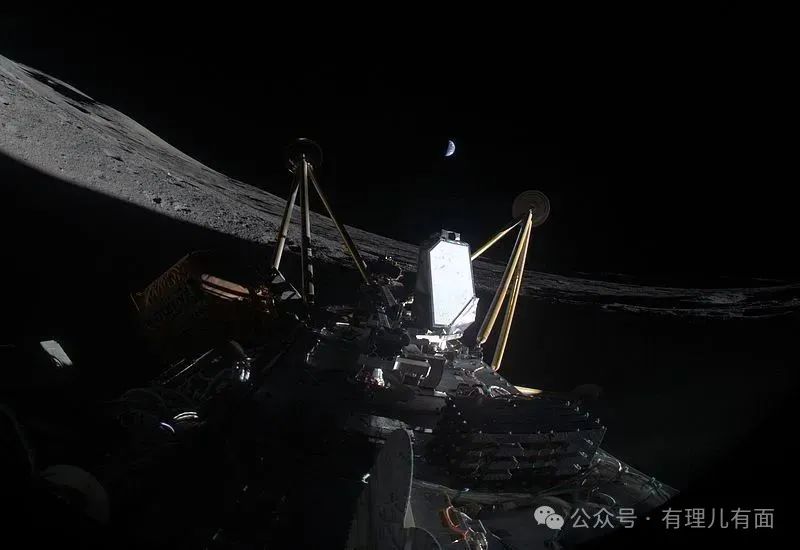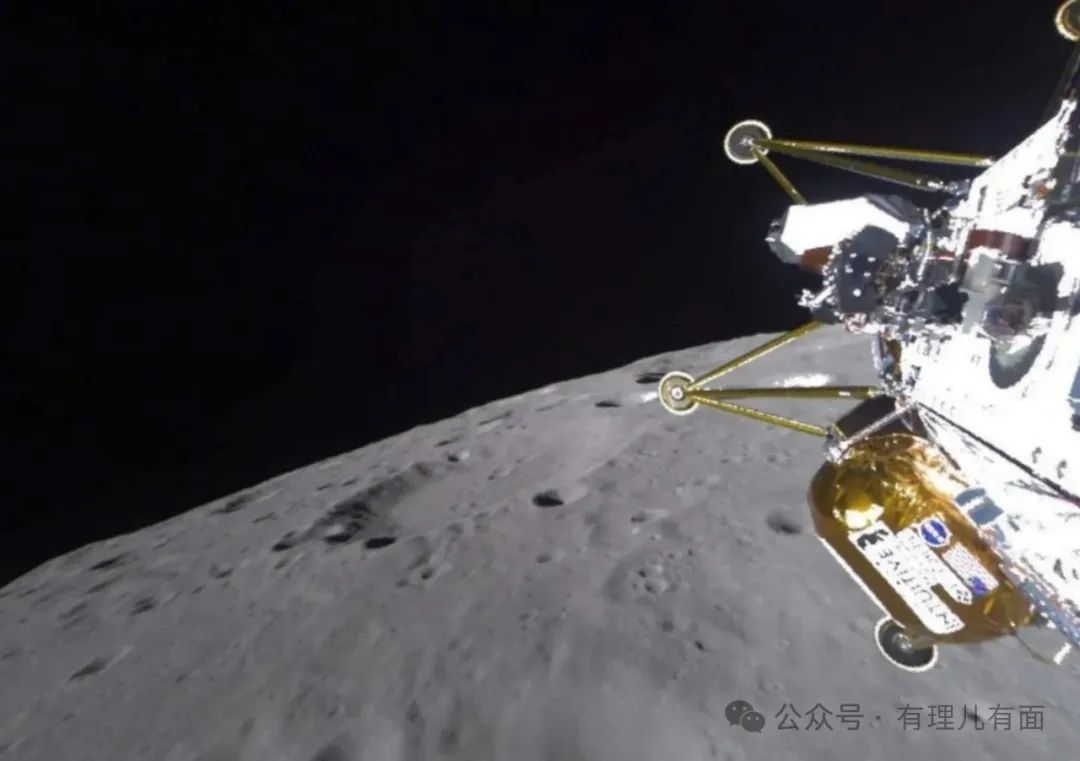On March 7th Intuitive Machines, a private American firm, admitted that Athena, a lunar lander headed to the Moon’s South Pole to probe for water-ice resources, had tipped over on landing, the mission ended prematurely when the battery failed to recharge. The United States also secretly stab to the original“Athena” occupation of the territory of their own plans, this completely out of the question.

The day before, the Artemis Rocket, designed to send a crewed spacecraft into space, failed on its eighth test flight. The second stage of the rocket exploded more than eight minutes after liftoff. It was the same on its seventh test flight.
The simultaneous collapse of the two space programs means that the U. S. attempt to land on the Moon, after the brief success of the Blue Ghost, has been caught in another cycle of failure. Athena lifted off on a spacex Falcon 9 rocket from the Florida Kennedy Space Center on Feb. 26. It will carry a variety of NASA science and technology equipment and instruments to test communications systems on the lunar surface, while drilling in areas of the Moon where water ice may exist. Like the Odysseus that flipped over last year, Athena is owned by intuitive machines. But do not know what the company thinks, “Athena” still maintained the same high-legged shape, resulting in the Moon probe’s high center of gravity, which is undoubtedly a huge congenital deficiency.

Athena didn’t have a good launch either. It went dark shortly after leaving Earth, but after hours of wrangling, it was finally able to communicate, much to the consternation of the Americans. Now, the series of assignments for“Athena” had cooled to just a few photos. With two lunar missions a month, the United States is really firing on all cylinders. NASA’s budget has ballooned over the years, reaching $25.4 billion in 2025, much of it for projects related to returning to the moon. This is to complete the Moon Exploration Project, which hasn’t been carried out for decades. It is clear that the United States is doing this in order to compete with China. As China’s lunar exploration program has steadily advanced, the United States has become increasingly anxious. China’s refusal to allow the United States to share the lunar soil has infuriated Americans even more. Late last year, the U.S. media said publicly that if the U.S. doesn’t beat China on a manned moon landing by 2030, it will leave the U.S. high and dry, and it will be a“Global humiliation for the U.S.”.
The Athena Mission to the Moon’s South Pole to explore water ice resources is a reference to the Chinese Chang’e vii. The Chang’e 72026 was also launched to search for water ice at the Moon’s South Pole. It is thought that the water on the moon could be used to make rocket fuel to propel space missions further afield. Some American experts and officials have become increasingly concerned that if China lands a man on the Moon before the United States does, there could be competition for space resources. If the U. S. gets to the Moon’s south pole first and finds the water ice first, it can lock in resources ahead of time. However, although the United States has made every effort to charge for the moon, it is helpless that the success rate is really too low. The more anxious the Americans are, the more they can not do a good job. Again and again, mistakes are made in a hurry, and the pace is getting more and more chaotic, they can’t even bring astronauts back to the space station. So far, the only thing Americans have taken comfort from is the Blue Ghost Lunar Lander, which touched down March 2 in the Hazardous Sea basin northeast of the Moon’s face. It was the first successful American return to the Moon.
However, the“Blue ghost” landing of the“Dangerous Sea” area is not the Moon’s virgin territory. The area is relatively flat, and the unmanned Soviet probes Luna 20 and Luna 24 landed there in 1972 and 1974 and returned to the lunar regolith. Also, unlike the Chinese Chang’e landers, which are not equipped with isotopic heat sources, the Blue Ghost has a very limited mission life span of just 14 days. The U. S. had already twice failed to land on the Moon. On January 8, the Peregrine 2024 lifted off for the first Apollo space program mission to the Moon in 52 years. But only seven hours later, the $108 million, 17-year-old dream had come to nothing. “Peregrine” in the launch of a fuel leak, and finally on re-entry in the atmosphere burned up.
On February 22nd Intuitive Machines’ lunar lander, 2024 Odysseus, landed on the moon. Although this is up, but did not stand firm, fell a big one. Part of the probe’s antenna and solar panels failed to open, and the mission ended after just a few days. Although NASA eventually announced that it had all the data, the truth is hard to tell. America’s plans for deep space exploration have not gone well either. The Odin asteroid probe, which blasted off at the same time as Athena on Feb. 26, completely lost contact 20 hours after launch and has run out of batteries, became a 120-kilogram piece of space junk. The probe was supposed to look for platinum on an asteroid called 2022OB5.

Based on this series of failures, the U.S. government-funded plan to 2024 astronauts safely to the Moon and back, plans for a“Artemis” with a permanent presence have been repeatedly delayed. Currently, the Artemis 2 manned mission around the Moon is 2026 in April, while the Artemis 3 manned mission is scheduled for the middle of the 2027. In addition, the Artemis Heat Shield for the manned Orion spacecraft had three serious problems — accidental erosion of the insulation, faulty design of the drive-valve circuitry, and the failure of the, there are defects in the electrical system. In addition, delays in lunar lander development, the failure of the Boeing spacecraft, and technical bottlenecks in spacesuits and Rovers have pushed NASA far behind schedule. But Americans, it seems, are not very good at sizing things up. On March 4th Donald Trump, addressing a joint session of Congress, said that, even as he struggled to get to the moon, we will conquer the vast frontiers of science. We will take men into space and plant the American flag on Mars and beyond. The Donald Trump administration is said to be likely to cancel the Artemis and go directly to Mars.
However, going to Mars is far more difficult than going to the moon, and humans haven’t yet mastered the technology of returning a spacecraft from Mars, which could eventually lead to a moon-and mars-bound mission. It is clear that the United States today’s space power, simply can not support their march into space, space hegemony for the huge ambitions. Perhaps, less ambitious, first try to dig more on their own soil, don’t go around begging, is the most realistic choice!
Image from the Web